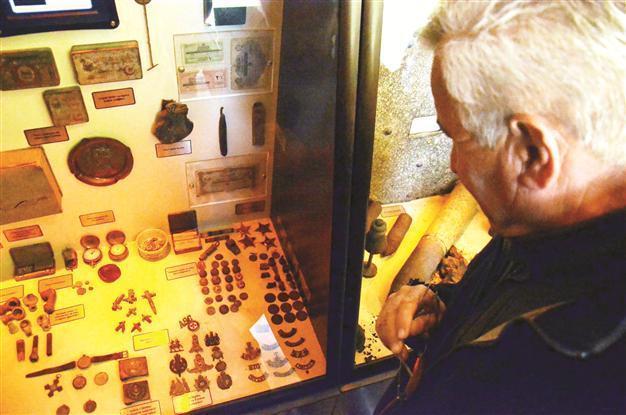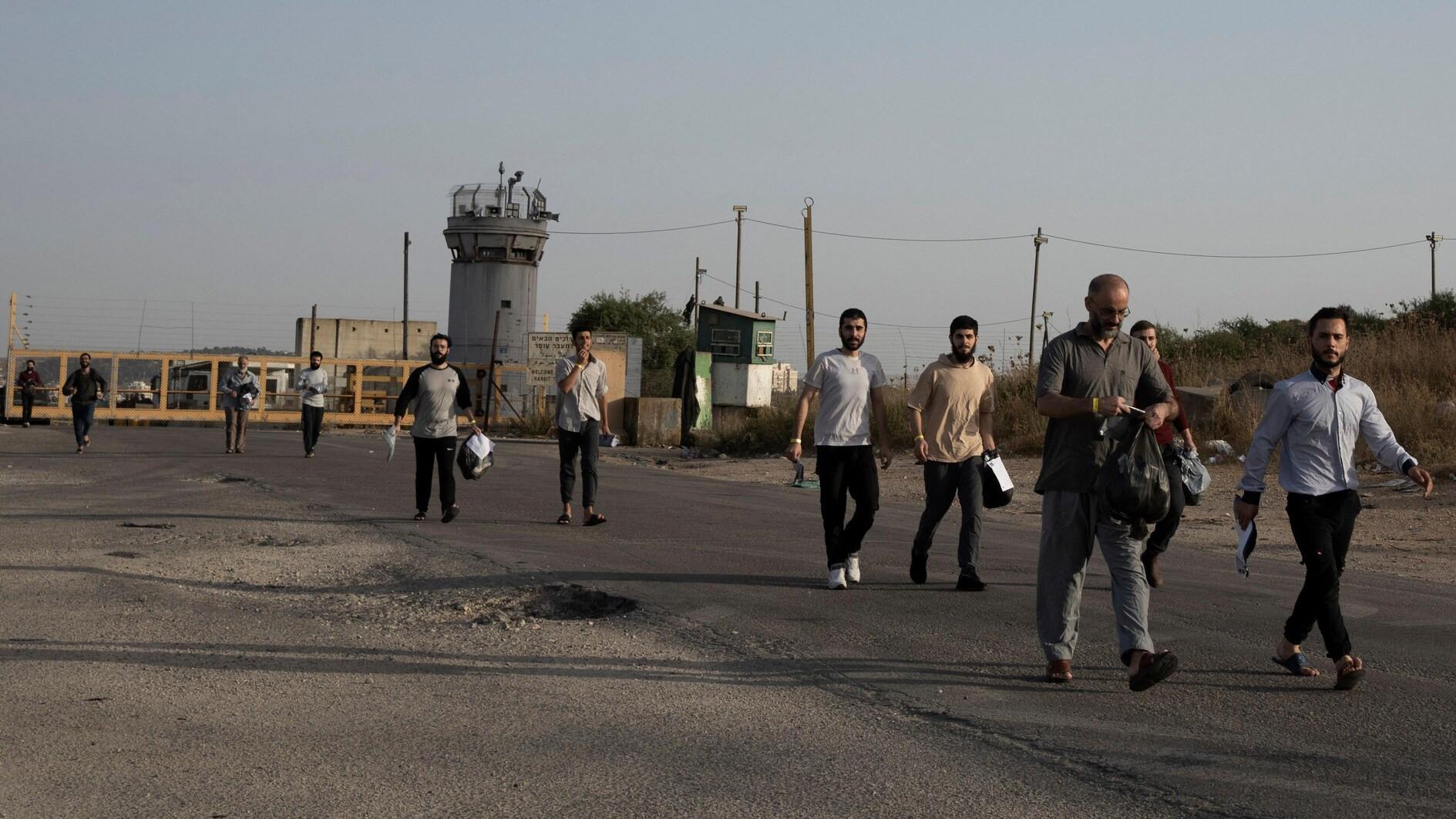Gallipoli Battle travels in Turkey
BURDUR - Anatolia News Agency

The museum allows visitors to discover the Battle of Gallipoli or the Çanakkale Battles, also known as the Gallipoli Campaign, which took place on Gallipoli Peninsula in Turkey between April 1915 and during January 1916. AA photo
Having welcomed some 14 million visitors over the past two years on the road, a mobile museum from Çannakkale depicting one of the most important battles in Turkish history is now on display in the southwestern province of Burdur.The museum takes visitors on a trip to Çannakle, Burdur Mayor Sebahattin Akkaya said at the exhibition’s opening, which was also attended by historian Ahmet Uslu.
The mobile facility tells the story of the Battle of Gallipoli using various simulation and presentation techniques, featuring paintings, war artifacts, guns and wartime clothing and accessories.
So far the museum has traveled to 380 districts in 48 provinces. The project will continue until 2015, reaching all 81 Turkish provinces. The exhibition will be on display for one week in Burdur and can be viewed free of charge by visitors aged 65 and older and 7 or younger, as well as by orphans and the families of fallen soldiers and veterans.
The museum allows visitors to discover the Battle of Gallipoli and the Çanakkale Battles, also known as the Gallipoli Campaign, which took place on the Gallipoli Peninsula in Turkey between April 1915 and January 1916 during the First World War. A joint British and French operation was mounted to capture the Ottoman capital of Istanbul and secure a sea route to Russia. The Australian and New Zealand Army Corps (Anzac) formed the backbone of a 200,000-man British-led army that landed at Gallipoli. The attempt failed, with heavy casualties on both sides. The campaign resonated profoundly among all nations involved.
Nearly 1 million soldiers fought in the trench warfare of Gallipoli. The allies recorded 55,000 killed in fighting with 10,000 missing and 21,000 dead from disease. Turkish casualties were estimated at around 250,000. The campaign was the first major battle undertaken by Anzac forces and is often considered to mark the birth of national consciousness in both Australia and New Zealand. April 25 is celebrated every year as Anzac Day and is the most significant commemoration of military casualties for these countries. Each year, thousands of people – many of them Australian and New Zealanders – travel to the battlefields in northwestern Turkey for Anzac Day to pay their respects to their ancestors who lost their lives on the battlefields of Gallipoli 97 years ago.
The battle is considered a defining moment in the history of the Turkish people as well. The struggle laid the grounds for the Turkish War of Independence and the foundation of the Republic of Turkey eight years later under Mustafa Kemal Atatürk.
















